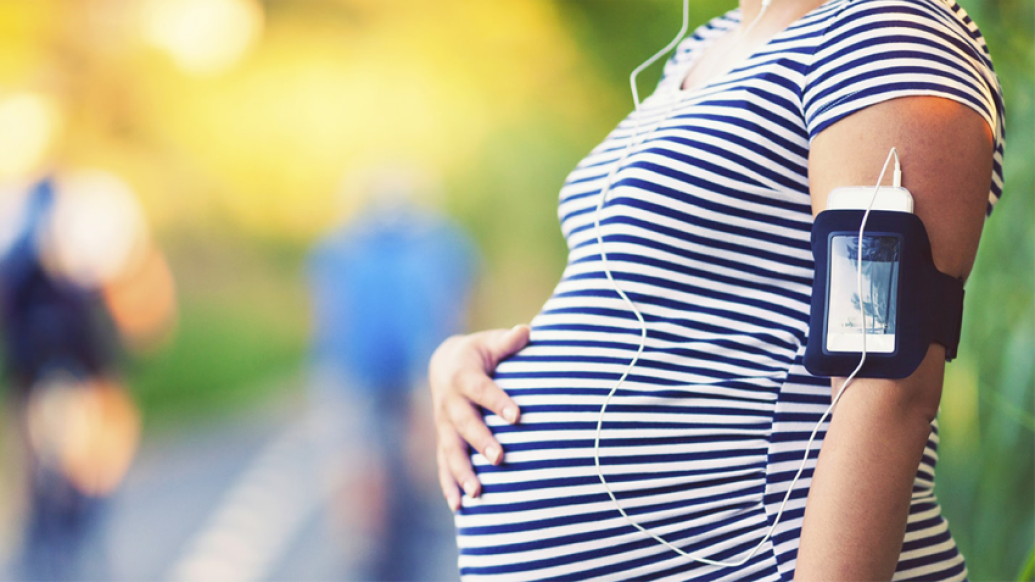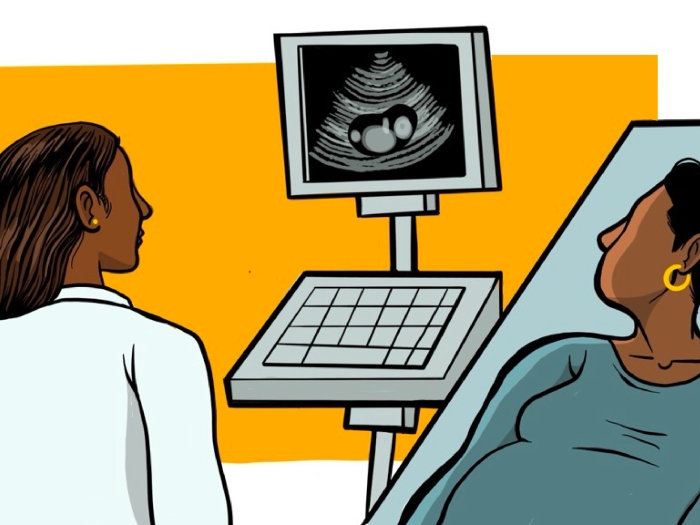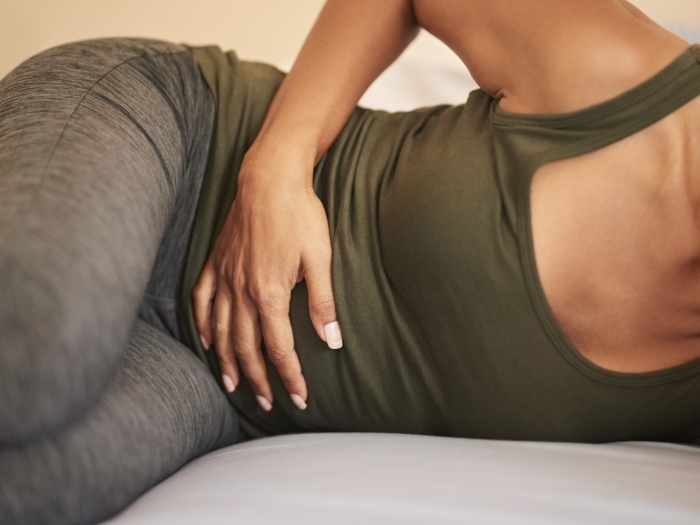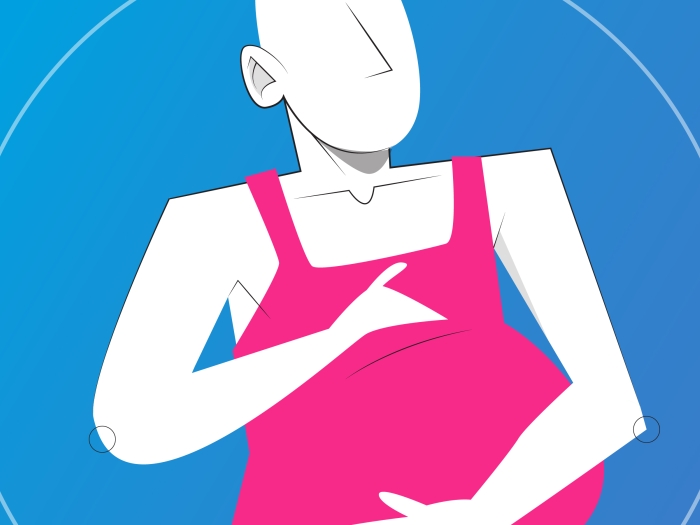By applying a sports medicine eye to labor and delivery recovery, a team of scientists finds never-before-detected fractures and injuries.
9:48 AM
Author |

As a researcher and nurse practitioner helping women recover after giving birth, Janis Miller struggled answering some of the most common questions she and other medical professionals get from new moms.
"Many women say they feel like something has changed 'down there,'" says Miller, who is faculty at the University of Michigan School of Nursing and part of the Healthy Healing After Delivery clinic at the U-M Health System. "What has happened to me? Is this normal?' Our best answer so far has been 'well, you did just give birth.'"
Miller, Ph.D., admitted to patients that she didn't know why it took some women longer than others to feel normal again. Was there a muscle tear? A strain? Should they do Kegel exercises or rest the muscle for longer?
The Michigan team already knew about some of the physiological changes that some women experience after birthing. But Miller wanted to know if there was a way to learn even more details about these complex births that could help her help patients. That's when U-M Health System's musculoskeletal radiologist Catherine Brandon stepped in with a seemingly obvious suggestion.
"She said 'why not examine women's bodies after birth the way we do with athletes?'" Miller recalls. "It made perfect sense. Childbirth is arguably one of the most dramatic musculoskeletal events the human body undergoes."
So Miller, Brandon and a multispecialty team that includes experts from U-M's division of Obstetrics and Gynecology embarked on a unique type of research to learn more about how childbirth changes a woman's body. Using highly sensitive MRIs commonly used to scan for sports-related bone and muscle injuries, they evaluated childbirth among a certain group of high-risk women.
Childbirth is arguably one of the most dramatic musculoskeletal events the human body undergoes.Janis Miller, Ph.D.
What researchers studied — and what they found
To identify women most likely to have had a complex birth that could have induced musculoskeletal changes, Miller and her colleagues chose to study only women who had a forceps-assisted birth, pushed for longer than 150 minutes, had an extended tear, were older than 33 when birthing or had several of these factors.
The team used special magnetic resonance scans to evaluate the women, taking detailed pictures of pelvic muscles, surrounding tissues and bones. Participants were scanned at about seven weeks after delivery and again eight months later.
Results showed that, as expected, the stretch on soft tissues and stress of the passage of newborns through the pelvis did result in changes — the types of changes that athletes may experience after a particularly intense event, such as stress fractures.
It turned out that athletics was an appropriate comparison for birthing moms.
"Eight months after giving birth, some women still had physical evidence of having 'run a marathon,'" Miller says. "We often hear women liken giving birth to something like a marathon and now we can tell them that when it comes to changes in your muscles, some of the post-event soreness is actually very similar."
Through the specialized imaging scans — which are fluid-sensitive and reveal damage that would not be visible otherwise — researchers found that one-quarter of women showed microscopic extra-cellular fluid in the pubic bone marrow (edema) or sustained fractures similar to a sports-related stress fracture. Two-thirds showed edema in the muscle, which indicates injury similar to a severe muscle strain. Forty-one percent sustained pelvic muscle tears, with the muscle detaching partially or fully from the pubic bone.
The good news? For the majority of women, these signs of birth taking its toll on the tissues were gone after eight months with no intervention — proving the incredible recuperative powers of the woman's body after birth.
"Rehab therapy gives carte blanche to every woman who has had a baby without evaluating what has happened to that individual woman. They are often told they'll be ready to return to work and other normal activities after six weeks and now we know that some women may need more time," Miller says.
"There are obviously wide, varying degrees of tissue injury and strain among women and no standard timeline for recovery. If a woman is feeling like she is slower to recover, we may need to evaluate for these injuries to help explain why. We can also tell women that most of these types of injuries do go away over time without any intervention at all. It just may take longer for some. That's incredibly empowering for them to hear."
Roughly 40 percent of the women in the study, recruited for their higher risk of having had an injury, also showed a tear of the Kegel muscle at the pubic bone that did not go away. The team is following the women longer term to investigate what happens over time and after a second birth.
Miller and her colleagues hope the findings contribute to further research on pelvic floor disorders.

Explore a variety of healthcare news & stories by visiting the Health Lab home page for more articles.

Department of Communication at Michigan Medicine
Want top health & research news weekly? Sign up for Health Lab’s newsletters today!





